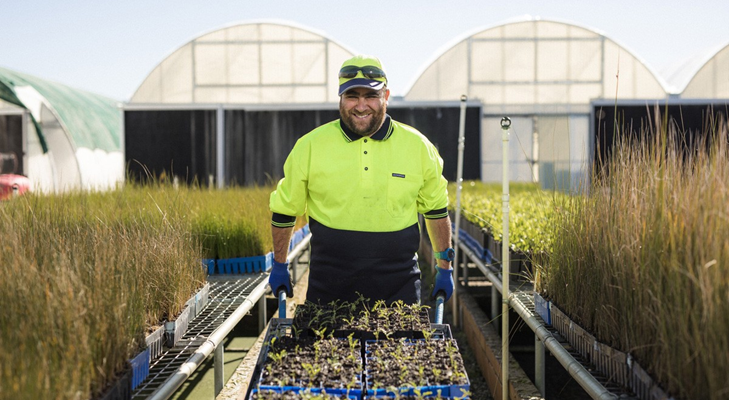environmentalmanagement
At Chevron, one of our core priorities and Chevron Way values, is to help protect the environment. We do this through responsible design, development, operations and retirement of assets.
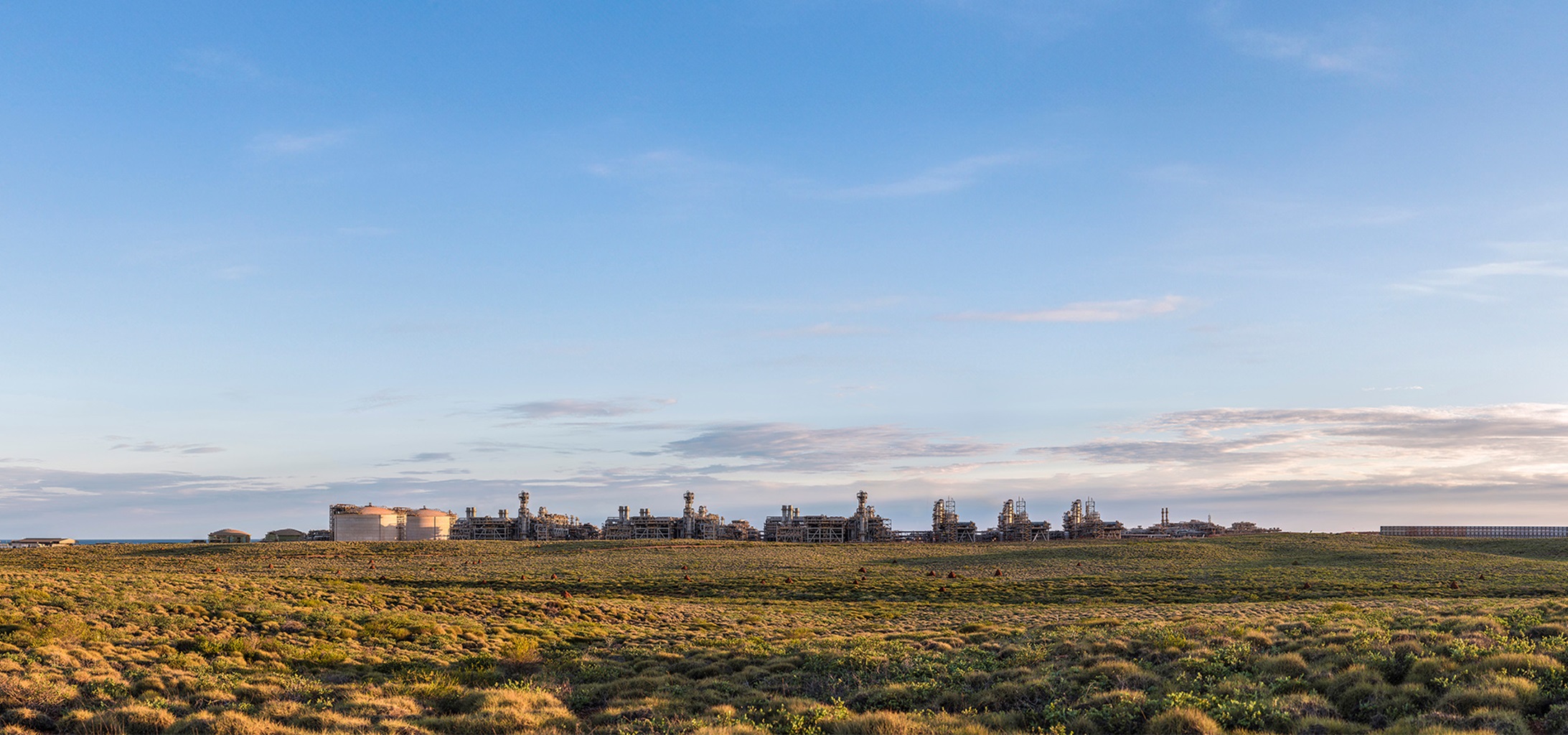
our approach to
biodiversity
biodiversity
Biodiversity refers to the variety of life on earth and includes ecosystems, species and genes, and the ecological processes that support them.
Chevron works with communities, regulatory agencies, industry groups, academia and conservation organisations to take action to help protect and enhance biodiversity. Our aim is to develop an understanding of potential risks and use mitigation to avoid, reduce, restore or offset potential impacts on biodiversity.
We use tools and technologies to help us understand potential impacts to biodiversity and leverage the output from these tools and technologies to identify potential opportunities for improvement.
what we’re doing
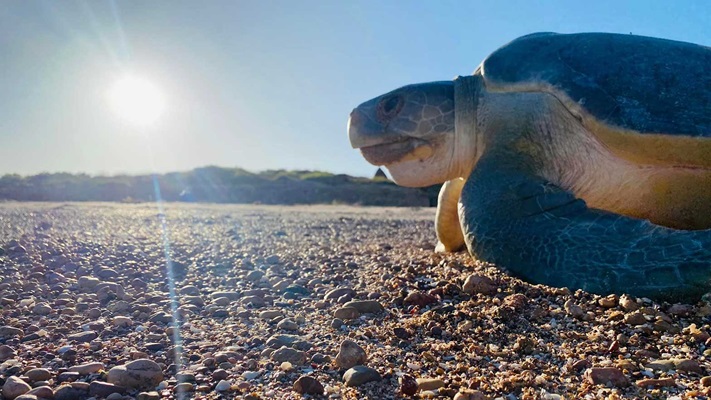
turtle monitoring
eDNA
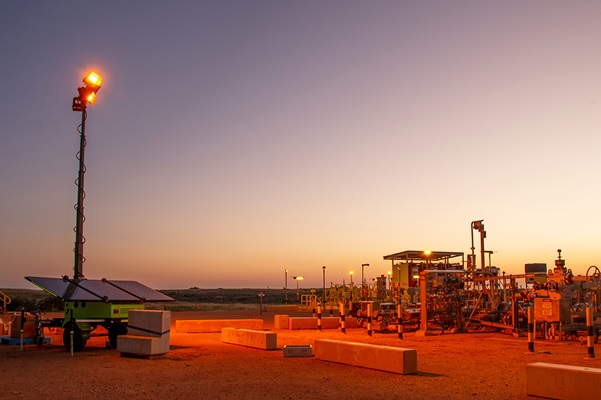
solar lighting
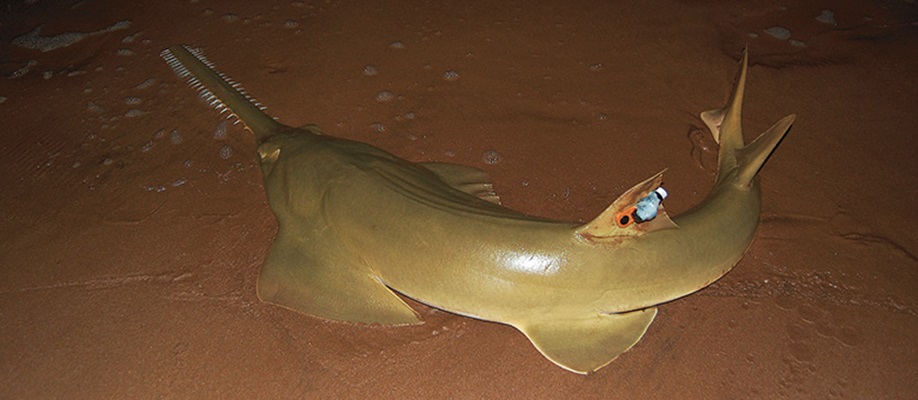
micro-tunneling
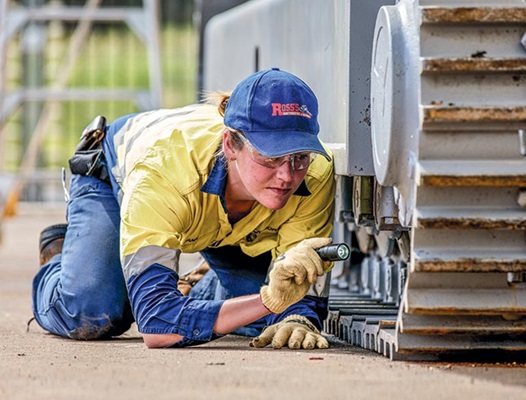
QMS quarantine management system
